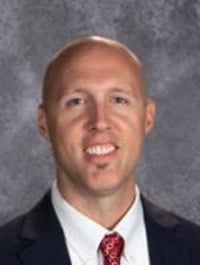Principal’s Corner: Using data to help students learn
Published 9:05 pm Friday, January 24, 2020
Principal’s Corner by John Mahal

John Mahal
Within education, teachers and building staff have access to multiple facets of data that students are producing each day. Best practice suggests that teachers work collaboratively within their grade level or area to plan for upcoming units of instruction in each of the academic areas (math, reading, science, etc.), where they work through the essential learnings, create learning targets, important vocabulary words, common pacing, etc. based on Minnesota state standards. A big piece to this collaboration is determining pre-test questions (what do the students know going into the unit of study) and also post-test questions (what did the students learn), and how are we going to respond to our students who may need extra support from that unit or even extension activities to support their learning even further.
This is an on-going cycle that goes on throughout the year at Hawthorne and within Albert Lea Area Schools. Typically in January, our teachers have even more data to analyze and try to connect the dots in responding to our students’ educational needs. In December and now in January, our teachers have spent time with students to complete winter assessments within FastBridge (reading and math) and also within Really Great Reading to understand students’ progress with our phonics instruction. The assessments are generally quick but provide a great dipstick into understanding where each student is currently at academically compared to their fall data, and then map out a plan to help get students to by the end of the school year.
Combining the daily student data with the larger standardized assessments allows teachers to use data to drive their decisions and plans, respond to concerns (individual or whole class) more effectively, construct new teaching methods and advance skill sets faster to meet the end-of-year grade level standards. Teachers will share this data information with families during parent/teacher conferences later in February as well to keep everyone informed of how each student is progressing.
Through all of this important data, teachers do a fantastic job of keeping the focus on our students and their learning. Using student growth data to inform our instruction is both extremely efficient and valuable in meeting students’ academic needs in making sure that we are analyzing and reflecting on our own teaching practices to benefit our students!
John Mahal is the principal at Hawthorne Elementary School.




